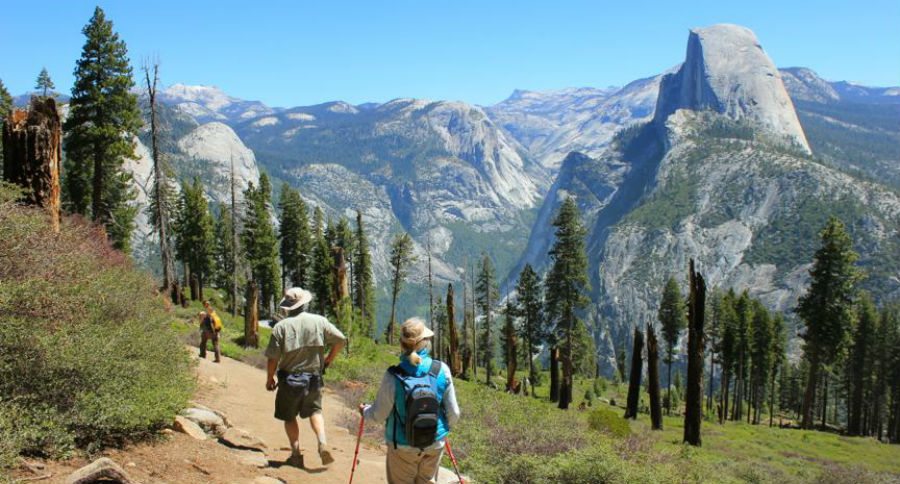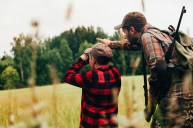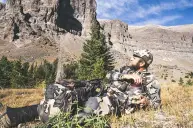A new study shows that Americans are participating in wildlife-related activities in record numbers, resulting in billions of dollars being added to the economy.
Every five years since 1955, the U.S. Department of Fish and Wildlife has conducted a survey to track participation in outdoors activities. The recent release of the last survey results shows that Americans are participating in such activities in record numbers.
The survey indicates that 101.6 million Americans, or 40 percent of the population at least 16 years of age, participated in outdoors-related activities such as fishing, hunting, wildlife-watching, hiking, camping and the like.
In 2016, 86 million people participated in wildlife-watching (a 20 percent increase from 2011). Monies spent on this activity — observing, feeding and photographing wildlife — reached nearly $76 billion (a 28 percent jump from 2011 numbers).
35.8 Americans participated in fishing in 2016, an 8 percent increase from 2011. Interestingly, the biggest increase in fishing was seen in the Great Lakes area with a 10 percent increase. Anglers spent a little more than $46 billion on their activity.
Hunting participation dipped slightly — by around 2 million participants — but we still had 11.5 million hunters taking the field.
Hunter expenditures decreased from 2011 to 2016 by 29 percent, or from $36.3 billion to $25.6 billion. But also interesting is the fact that expenditures for taxidermy and camping equipment increased 27 percent, and hunting trip expenditures rose 15 percent.
Overall, Americans spent more on outdoor-related activities than they have in 25 years, at $156 billion.
U.S. Secretary of the Interior Ryan Zinke used the report to reinforce the issue of access to public lands: "This report absolutely underscores the need to increase public access to public lands across the United States. Hunting and fishing are a part of the American heritage. As a kid who grew up hunting and fishing on public lands who later took my own kids out on the same land, I know how important it is to expand access for future generations. Many folks east of the Mississippi River rely on friends with large acreages or pay high rates for hunting and fishing clubs. This makes access to wildlife refuges and other public lands more important."
Zinke also referenced the role that sportsmen and women have in conservation of our wild resources: "Hunters and anglers are at the backbone of American conservation, so the more sportsmen and women we have, the better off our wildlife will be. Some of our wildlife refuges have great mentored hunting programs.
"I'd like to see these programs replicated and expanded across the country and reach into areas where kids don't traditionally get the opportunity to hunt, fish and connect with wildlife. Some of my best family time growing up and raising my own kids was hunting an elk, enjoying a pheasant, or reeling in a rainbow. These are the memories and traditions I want to share with future generations."
U.S. Fish and Wildlife Service Principal Deputy Director Greg Sheehan was even more direct in his acknowledgment of the role hunters and anglers play in wildlife conservation efforts: "Hunters and anglers form the foundation of wildlife conservation in the United States, consistently generating more funding for habitat and wildlife management than any other source.
"Industry, federal and state fish and wildlife agency initiatives that focus on hunter and angler recruitment, retention and reactivation are crucial to sustaining these conservation dollars and ensuring the next generation of wildlife enthusiasts have the opportunity, access and awareness to pursue these time-honored American traditions."
The takeaway from these numbers is that if we want to maintain or increase wildlife conservation efforts in America we need to continue to recruit more hunters and anglers into our ranks.
More conservation equals more and better opportunities for wildlife interaction, and that in turn should result in greater opportunities to recruit new hunters and anglers.
Like what you see here? You can read more great articles by David Smith at his facebook page, Stumpjack Outdoors.
NEXT: 13 Things That Make Fall the Best Season for Outdoorsmen




